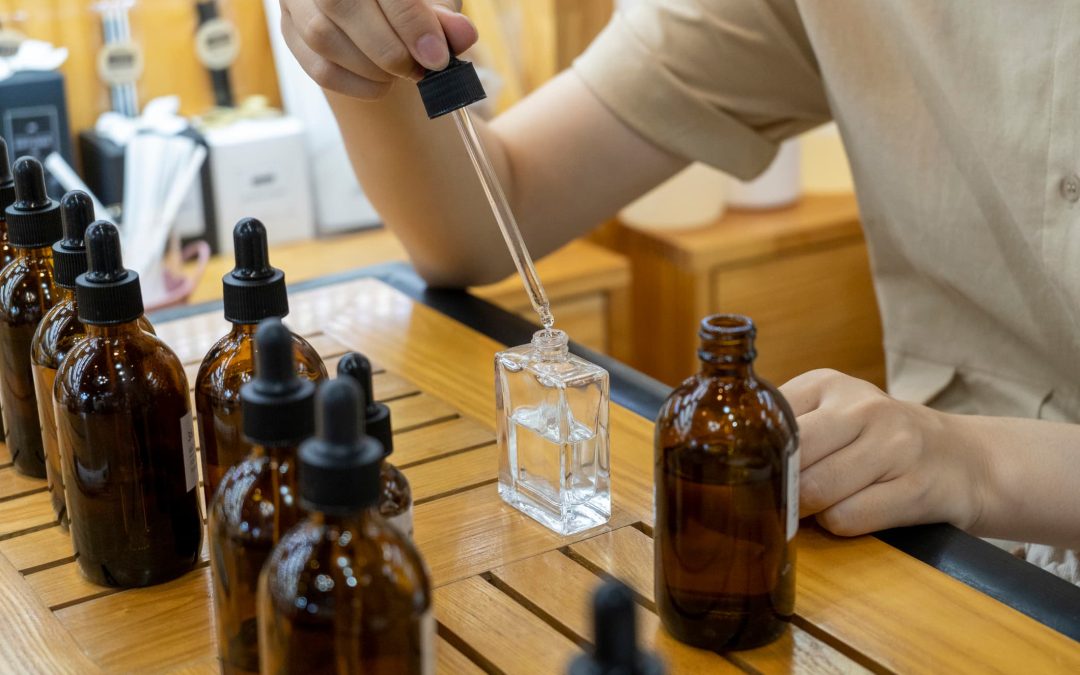Most people have some notion that it’s possible to trademark a logo or a word for a product or service. However, less commonly known is that it’s possible to trademark an actual scent. This is an uncommon approach in the world of trademarking, but there is precedent that scents can serve as “source indicators” – which is the essence of any trademark.
In 1990, the Trademark Trial & Appeal Board first allowed registration of a fragrance in the form of floral fragrances on sewing threads. In re Clark, 17 U.S.P.Q. 2d 1238 (TTAB 1990). The burden of seeking a registration for scent is substantial, but it can be done. It helps if the use of the scent is exclusive and if there is evidence of “secondary meaning” that consumers have come to associate the scent with the source of the product.
There may be an uptrend in the form of using scents as trademarks. For example, on March 13, 2012, registration number 4113191 was issued for the scent of coconut in connection with retail store services. On May 15, 2012 a registration was granted (Reg. No. 4144511) for the smell of piña colada on ukuleles. In 2014, Verizon Wireless was granted a registration number 4618936 for a “flowery musk sent” in connection with retail stores displaying consumer electronics. On March 31, 2015 an application (serial number 86/265443) was published for opposition for the smell of bubble gum on flip-flops. Other scent registrations of interest have included the smell of strawberries with toothbrushes; grape in connection with lubricants for vehicles; concentrated menthol for medical patches; and cherry for synthetic vehicle lubricants. Most recently, on April 14, 2015, a Texas company made the front page of the Wall Street Journal because it sought to trademark the scent of oranges in connection with hydraulic fracking fluid. Apparently, the smell of oil just got a little bit sweeter.
For marketing, the use of scents should not be underestimated as a vehicle to create brand recognition. Smells and sounds are powerful memory triggers that can be harnessed to create strong familiarity and consumer associations with brands. The key to obtaining trademark registrations to capitalize on those associations will rest with: (1) selecting scents that are as arbitrary as possible with respect to the goods or services; (2) consistently using them so that consumers learn to associate the fragrance with the good/service; and (3) diligently documenting evidence of advertising expenditures and consumer recognitions of the target scent.
Other less frequently considered, but also available trademarks can involve colors, packaging shapes, tactile sensations and sounds.
This article was written by John Buche, a partner of Buche & Associates, P.C., whose practice largely focuses on litigation and protection of intellectual property.


Recent Comments